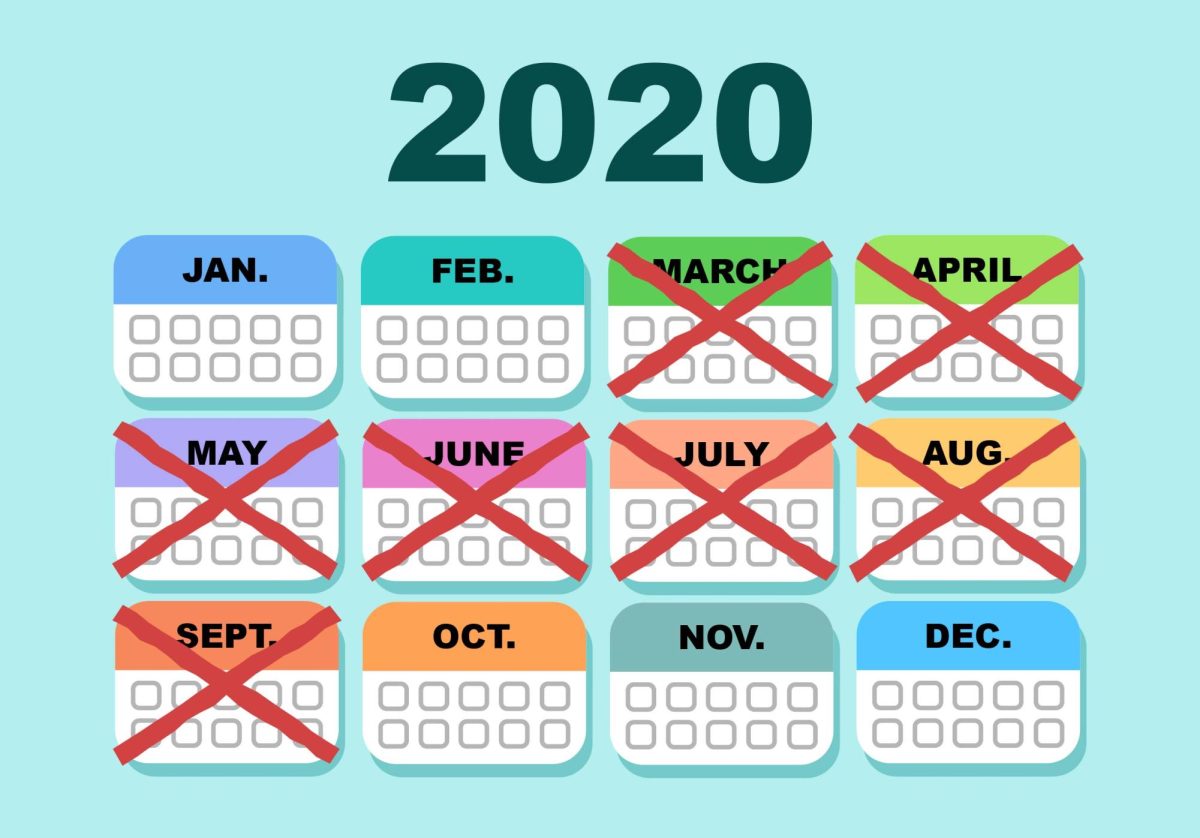In 2020, Emmanuelle Charpentier and Jennifer Doudna made history as the first two women to share a Nobel Prize in chemistry. Their system, called CRISPR-Cas9, allows chemists to make precise changes to human DNA. Their work holds the potential to eliminate inherited diseases like sickle cell anemia, which is currently under research.
Similarly momentous is the work of Nina Tandon, a biomedical engineer who has used stem cell research to revolutionize the world of skeletal reconstruction. Her contributions bridge invention with imagination: bones for children that grow as the rest of their bodies do, replacement bones that work like their originals and bones that resist immune rejection.
And still, only about 28% of the STEM (science, technology, engineering and math) workforce is claimed by women. University of Minnesota data is predictive of the disparity. Last spring, the university enrollment report showed roughly 2,000 female students in the College of Science and Engineering, or about 28% of its total class. But even when female students hold the majority, as they do in the College of Biological Sciences with a 62% upper hand in spring 2019, their success is still impaired. In 1996, women made up 42% of the national graduates with degrees in the biological sciences but by 2006, they held less than a quarter of tenured faculty positions.
Studies from as early as 2005 report that gendered differences in STEM self-confidence begin in middle school and exponentiate throughout high school and college. Not surprisingly, the belief that one can succeed in a given field is highly related to success. While some still claim that the cause is neurologically based, more researchers are studying social marginalization in early education leading to the gendered disparity in STEM fields. In environments where mathematics and sciences are thought to be fixed skills instead of acquired ones, girls are almost always out-performed. Research on the stereotype threat, which applies not only to women but a number of other socially just applications, proves that social expectations often dictate reality. Early presence of role models and positive reinforcement can both be used to combat the early divergence girls take from STEM careers.
Continued support for women throughout college is just as important as early exposure to STEM. Research done by the Harvard Business Review found that women who left a science and engineering major often reported a negative cultural aftertaste. Women from the universities studied reported reductive commentary by professors and unsavory group project experiences. Without a sense of belonging or purpose, a lot of women transfer out of STEM programs.
Despite programs available for women to become involved in STEM, under-the-counter cultural influences often discourage women from the field. At the collegiate level, “bro culture” further perpetuates the belief that women don’t belong in these fields, and a lack of female representation throughout the entire system extrapolates that problem. While protections like Title IX are intended to promote gender inclusivity on college campuses, the issue of gender discrimination in STEM often goes unnoticed, or written off as a “lack of interest.” But before female representation in STEM can expand, elementary school classrooms and collegiate labs alike need to internalize the belief that women belong.















Rusty Shacklefort
Nov 30, 2020 at 3:11 pm
“Female disparity in STEM programs”
How about
“Male disparity in overall university attendance”?
Men are a minority everywhere but STEM. And you’re mad that they’re not a minority there too.
z3r0C007
Nov 28, 2020 at 4:28 pm
In the 1990’s STEM participation was in the low teens. Now its closing in on 30% and in some states the rates in the 40-45%. What percentage would like women to have in those professions? The fact is, you can push STEM at every academic level, but at some point women are simply opting out:
A salient, unanswered question is whether these governments are
shepherding teenage girls into dead-end careers. “Fifty-eight percent of
those [of all sexes] with STEM degrees exit the field after 10 years,”
explained Brent Orrell of AEI. Likewise, a 2013 study by four female researchers found that half of all women in STEM fields had left their job within 12 years, more than twice as many as professional
women in other fields. Orrell speculated that, while high-tech skills
bring a wage premium at the beginning of the career, technology soon
passes older workers by. “This appears to be creating a career pathway
in which a majority of STEM workers ‘age-out’ of the industry in their
late-30s or early-40s with decades of working life ahead, forcing them
to find other employment,” he wrote.
Even during their job tenure, women are more likely than men to leave
STEM jobs. Canadian women with STEM degrees are more likely to be
unemployed than those with non-STEM degrees, according to Statistics
Canada. Even in academia, female STEM college professors have lower job satisfaction than male STEM faculty. And unlike other fields, the percentage of women leaving STEM positions does not decrease the more time they spend on the job.
An unintended consequence of government programs goading young women
to enter STEM may well be more unhappy, or unemployed, women.